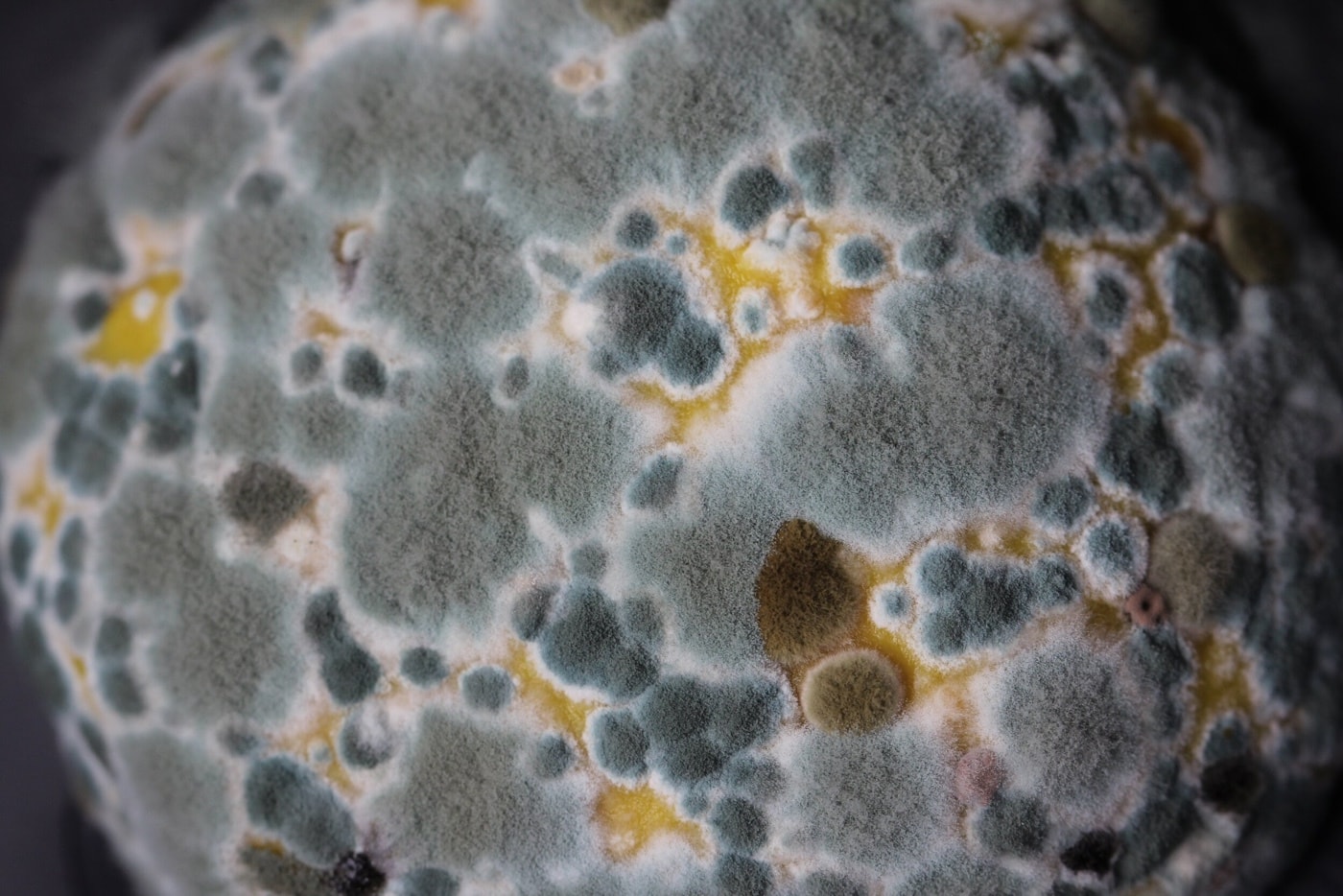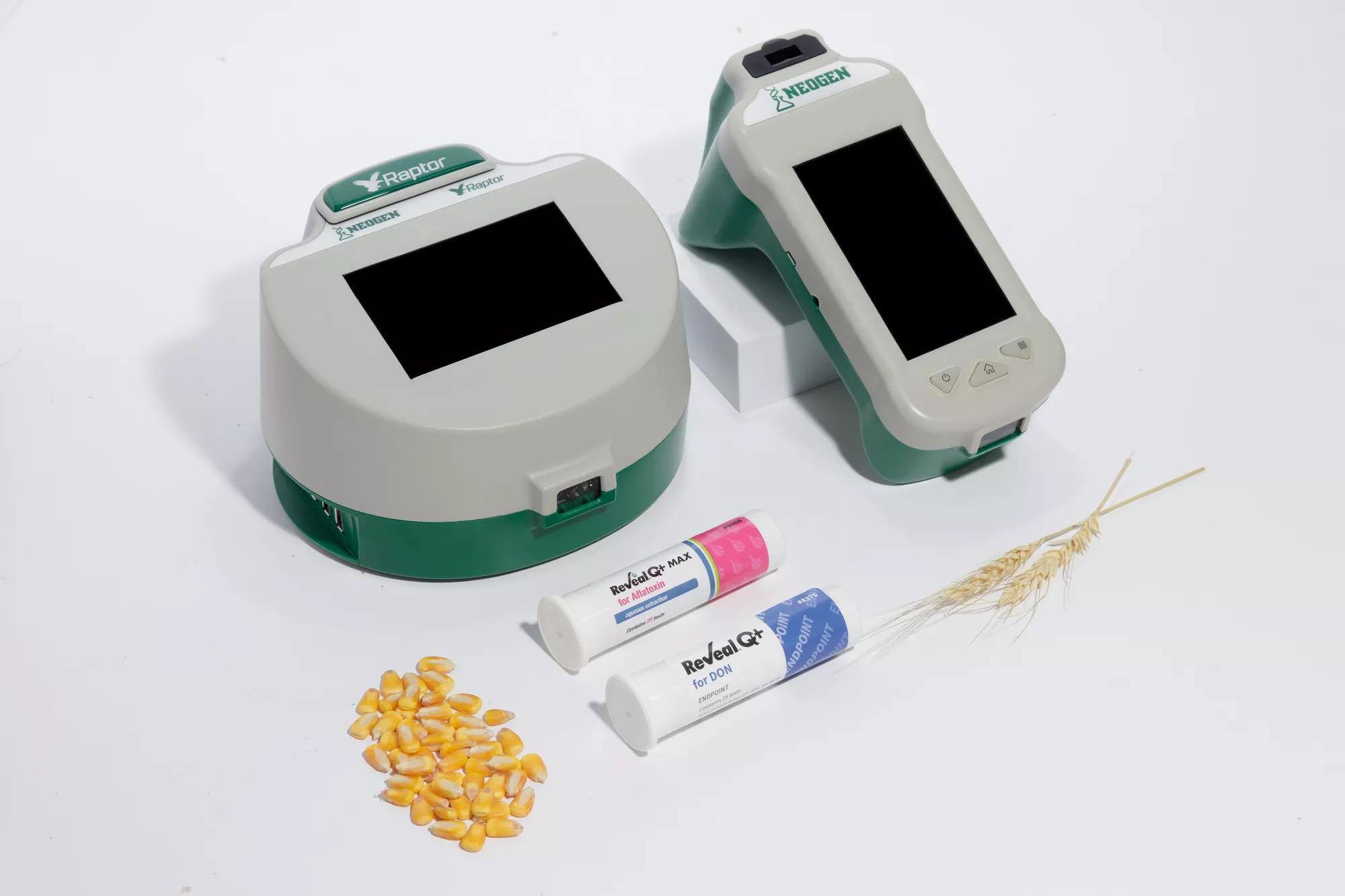Discover the Advantages of Professional Mycotoxin testing Services Today
Discover the Advantages of Professional Mycotoxin testing Services Today
Blog Article
Why Mycotoxin Screening Providers Are Necessary for Protecting Public Health And Wellness
The importance of mycotoxin screening solutions in guarding public wellness can not be overstated. Mycotoxins, toxic compounds generated by fungis, posture significant health and wellness risks such as liver damage and cancer cells when existing in food and feed. By identifying and reducing these risks through regular testing, we can stop polluted items from getting to customers. This not just makes sure conformity with rigorous regulative requirements however additionally reinforces consumer self-confidence and maintains the integrity of the agricultural industry. Understanding the systems and advantages of these screening services opens an important discussion concerning their function in public wellness defense.
Recognizing Mycotoxins
Understanding mycotoxins is vital for making certain food safety and security and shielding public wellness. Mycotoxins are toxic compounds created by specific types of fungis, generally discovered in food and feed plants.
The existence of mycotoxins in foods items can compromise their safety and high quality. They are resistant to standard food handling strategies, therefore continuing the food supply chain and presenting potential threats. Regulatory bodies worldwide, such as the Food and Farming Company (FAO) and the Globe Health And Wellness Company (THAT), have set stringent limits on appropriate levels of mycotoxins in food to minimize their adverse impacts.
Effective mycotoxin monitoring includes thorough tracking and testing to find and evaluate their degrees in farming items. This aggressive technique assists in recognizing infected batches early, consequently stopping their intro into the marketplace. Applying rigid mycotoxin controls is important for preserving food safety criteria and guarding customer health.
Health And Wellness Dangers of Mycotoxins

Exposure to mycotoxins postures significant health dangers to both animals and human beings, necessitating alert tracking and control steps. In human beings, mycotoxins such as ochratoxins, fumonisins, and aflatoxins can cause a range of unfavorable impacts, consisting of liver damage, kidney poisoning, immune reductions, and also cancer causing effects.

Given these extreme wellness repercussions, it is important to apply robust mycotoxin testing methods. Precise detection and quantification of mycotoxins in food and feed are important to alleviate wellness dangers and make sure public and animal security.
Common Resources of Contamination

In addition to cereals, nuts such as almonds, peanuts, and pistachios are extremely prone to mycotoxin contamination. Aflatoxins, a potent type of mycotoxin, are commonly located in these nuts, particularly when storage space problems are suboptimal. Dried out fruits, including apricots, raisins, and figs, additionally existing fertile premises for fungal development due to their high sugar web content and moisture-retaining residential or commercial properties.
Additionally, contamination is not restricted to raw agricultural products. Processed foods, pet feeds, and milk products can likewise include mycotoxins if the first active ingredients were polluted. This extends the risk of direct exposure throughout the food supply chain, necessitating stringent monitoring and control steps.
Understanding the usual resources of mycotoxin contamination is essential for applying efficient preventative approaches. Mitigating these risks informative post at the source can considerably reduce the occurrence of mycotoxin-related health and wellness issues, protecting public wellness.
Checking Procedures and techniques
Effective mycotoxin management rests on the accuracy and dependability of screening techniques and protocols. Advanced logical strategies are utilized to discover and evaluate mycotoxins in numerous substratums, guaranteeing public wellness safety. High-Performance Liquid Chromatography (HPLC) combined with mass spectrometry (MS) is a gold standard in mycotoxin screening, delivering high sensitivity and uniqueness. This technique allows for the precise discovery of numerous mycotoxins in complicated matrices, such as food and feed products.
One more extensively used method is Enzyme-Linked Immunosorbent Assay (ELISA), which provides fast testing and is cost-effective for large example quantities - Mycotoxin testing Services. ELISA sets are beneficial due to their simplicity of usage and fast turnaround time, making them appropriate for on-site screening
Experiencing protocols are equally crucial. Proper tasting guarantees that the gathered specimens are representative of the whole batch, thus reducing the danger of false negatives or positives. Adherence to established guidelines, such as those provided by the International Organization for Standardization (ISO) and the European Committee for Standardization (CEN), is important for keeping consistency and integrity throughout screening practices.
Strenuous validation of these approaches and protocols is essential. It makes sure reproducibility and precision, thereby fortifying the stability of mycotoxin monitoring systems.

Advantages of Routine Evaluating
In the world of food security and agricultural top quality control, the benefits of regular mycotoxin screening can not be overstated. Regular testing makes certain that agricultural items satisfy safety criteria, thus shielding consumers from the harmful impacts of mycotoxins, which include liver damages, immune suppression, and also cancer. By determining contaminated sets early, regular testing permits for timely treatment, preventing such items from getting in the food cycle.
In addition, routine mycotoxin screening is Read Full Article critical for keeping the integrity and online reputation of food producers and distributors. Companies that devote to regular screening show their commitment to public wellness and food safety, consequently acquiring customer trust and loyalty. This aggressive approach can also reduce financial losses related to product remembers, lawful liabilities, and possible profession limitations.
Furthermore, regulatory conformity is a significant element of the farming market. Normal mycotoxin testing makes sure adherence to national and international guidelines, facilitating smooth profession procedures and market accessibility. This is particularly important for exporters that should meet rigid safety and security criteria enforced by importing nations. Inevitably, regular mycotoxin testing not just protects public health yet likewise fortifies the economic stability and global competitiveness of the farming field.
Verdict
Mycotoxin screening services play an important recommended you read role in public wellness defense by determining and reducing the risks postured by hazardous fungal compounds in food and feed. By spotting contamination early, these solutions stop major health problems such as liver damage and cancer cells, guaranteeing conformity with regulative standards. Normal testing enhances customer count on, sustains the stability of the agricultural field, and eventually contributes to the safeguarding of food safety and security and public health and wellness.
The relevance of mycotoxin testing solutions in safeguarding public wellness can not be overstated.Comprehending mycotoxins is essential for making certain food security and shielding public health and wellness. Mycotoxin testing Services. Governing bodies worldwide, such as the Food and Agriculture Company (FAO) and the World Wellness Organization (THAT), have established rigid limitations on appropriate levels of mycotoxins in food products to reduce their adverse results
Inevitably, regular mycotoxin screening not just shields public health but additionally fortifies the economic security and international competitiveness of the agricultural market.
Mycotoxin testing solutions play a vital function in public wellness protection by determining and alleviating the threats posed by harmful fungal substances in food and feed.
Report this page